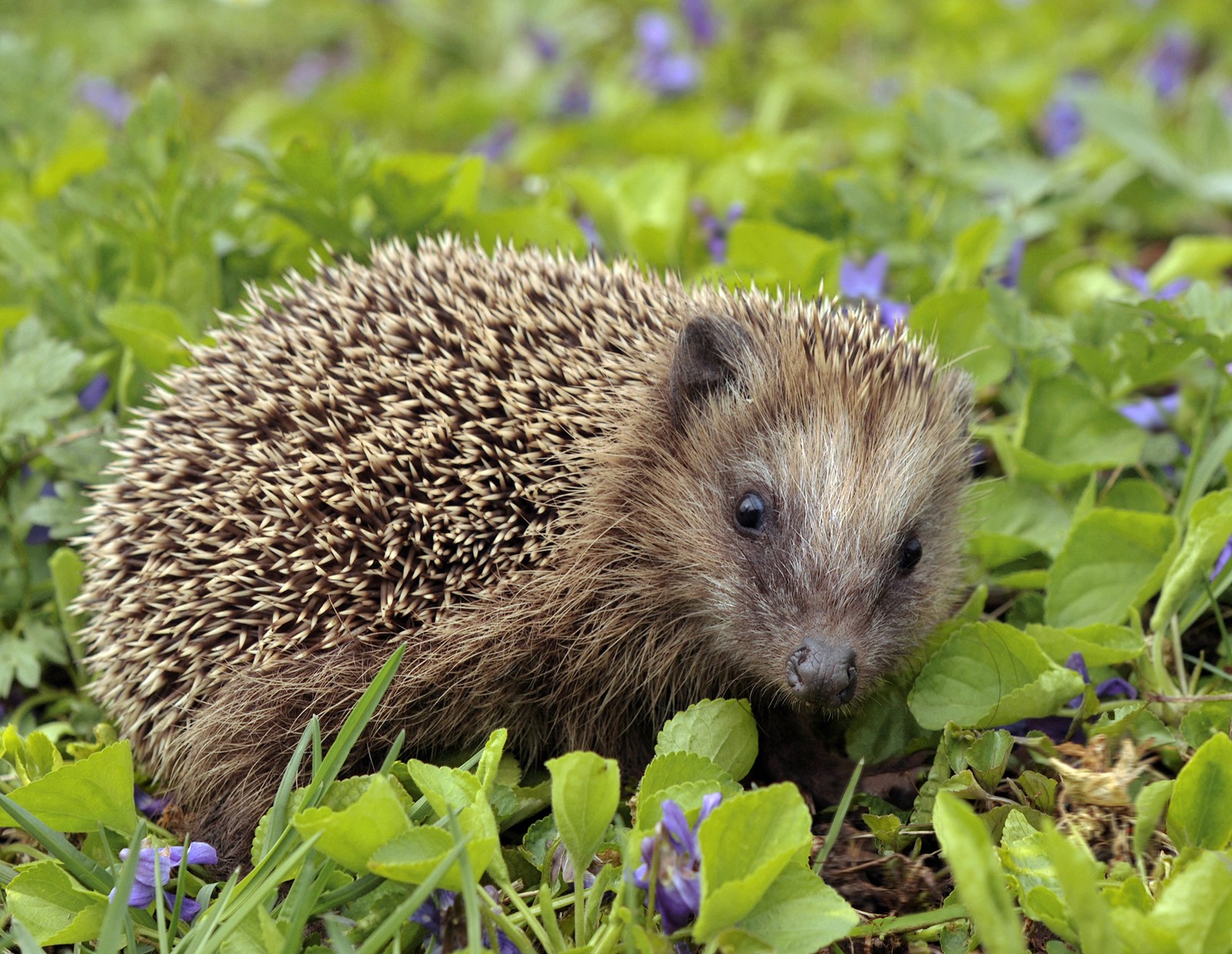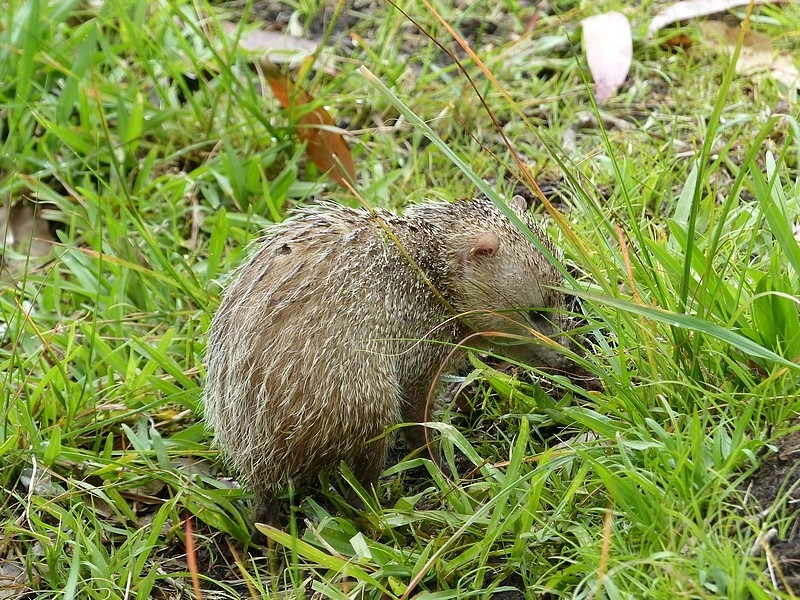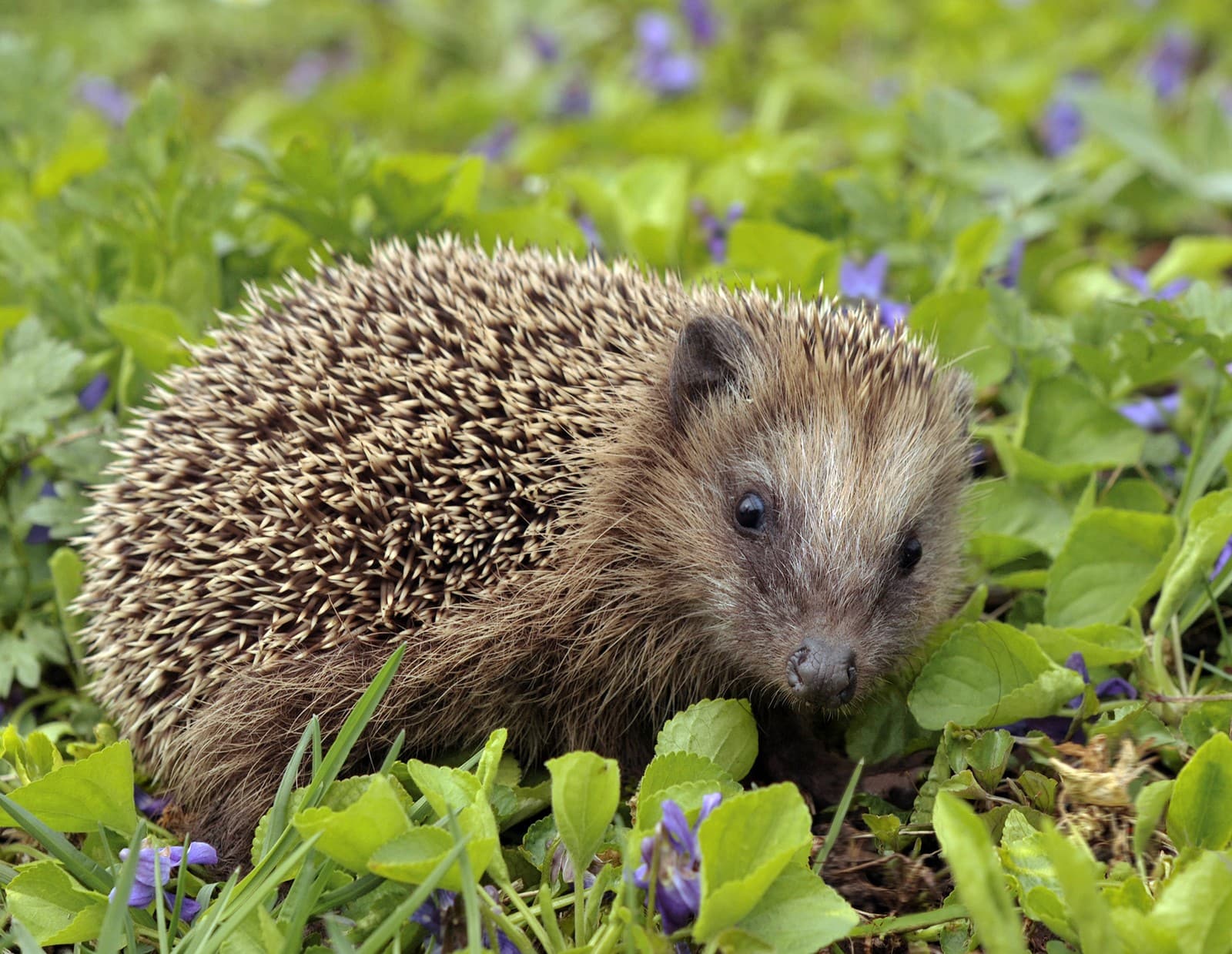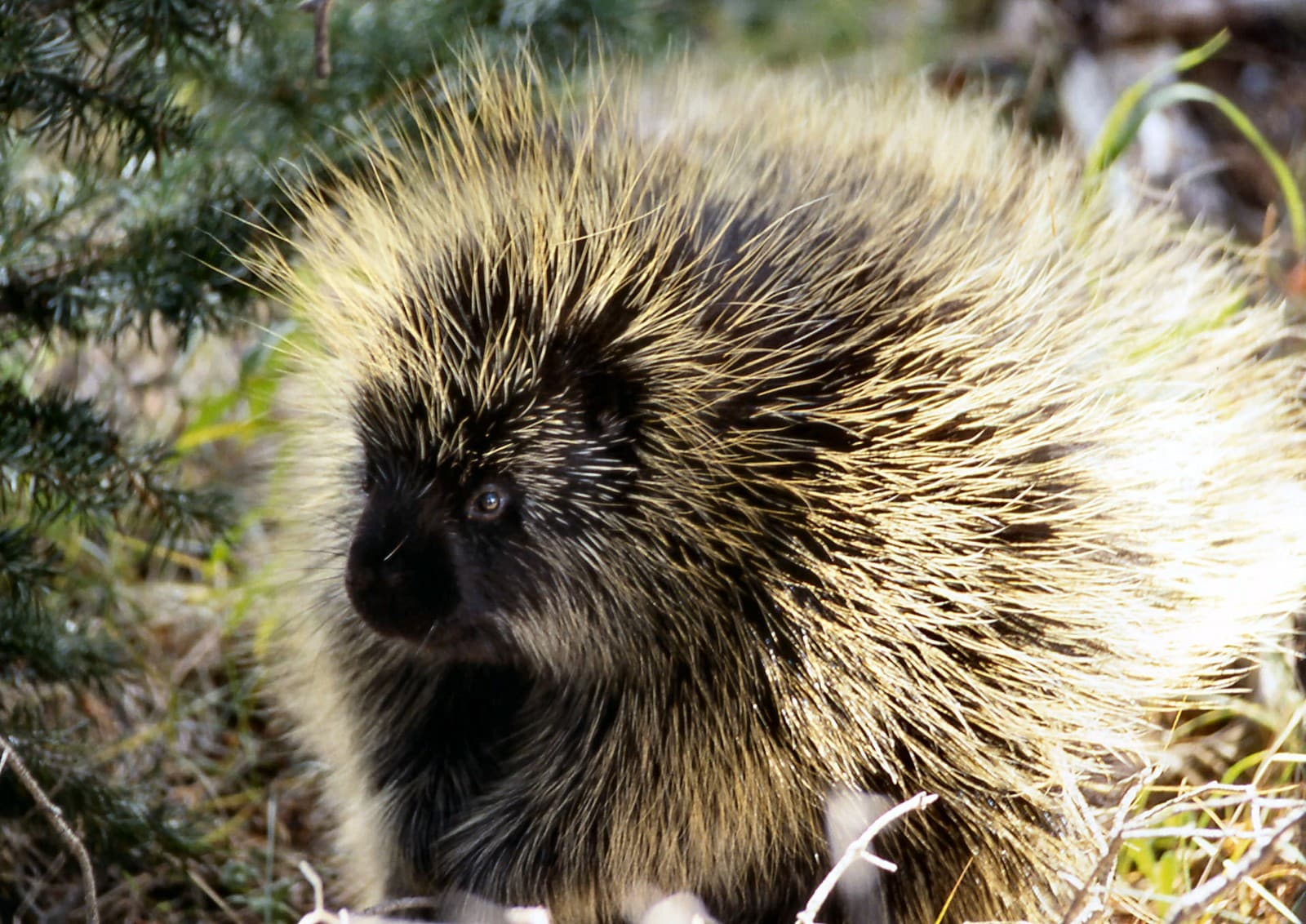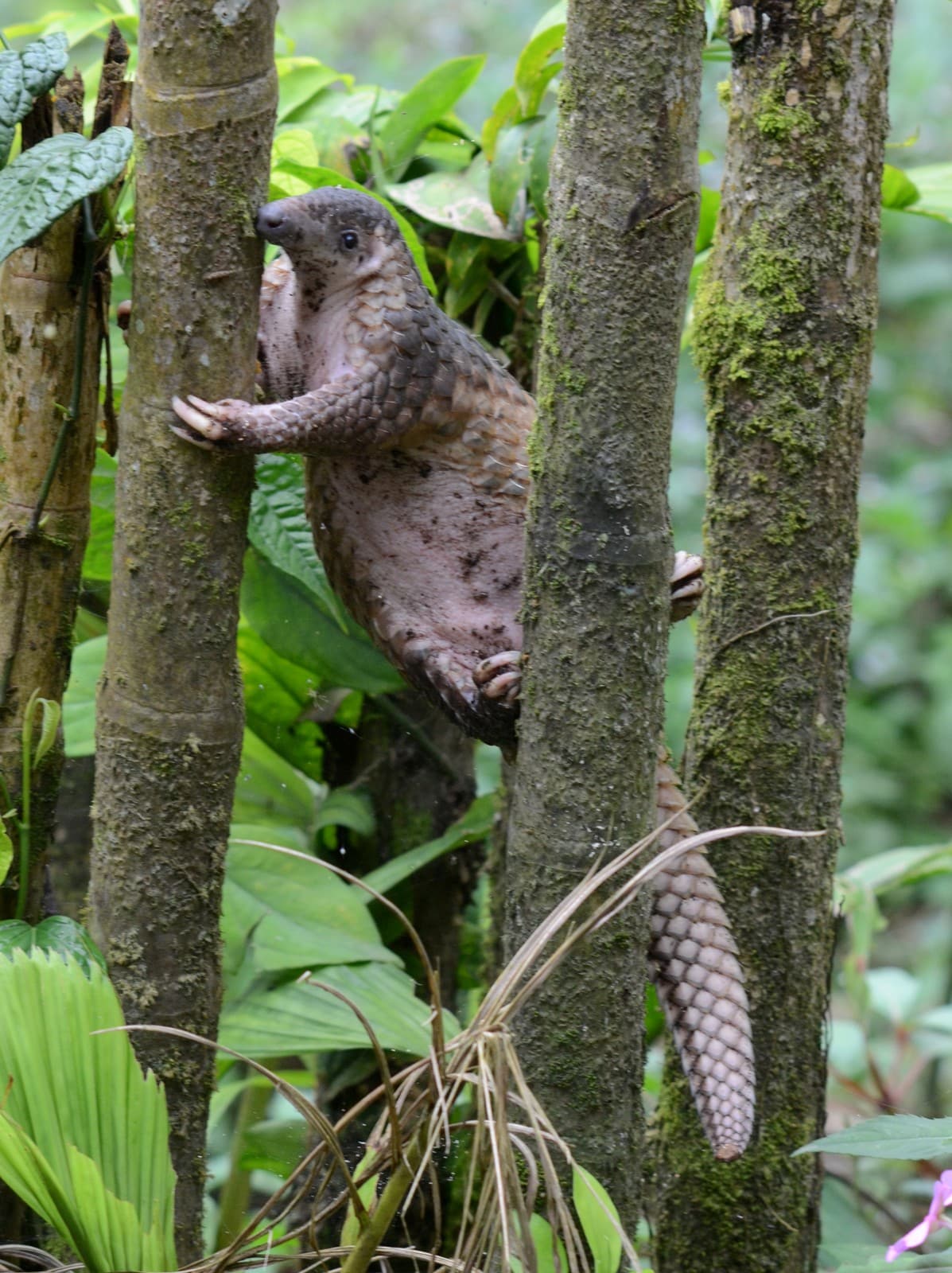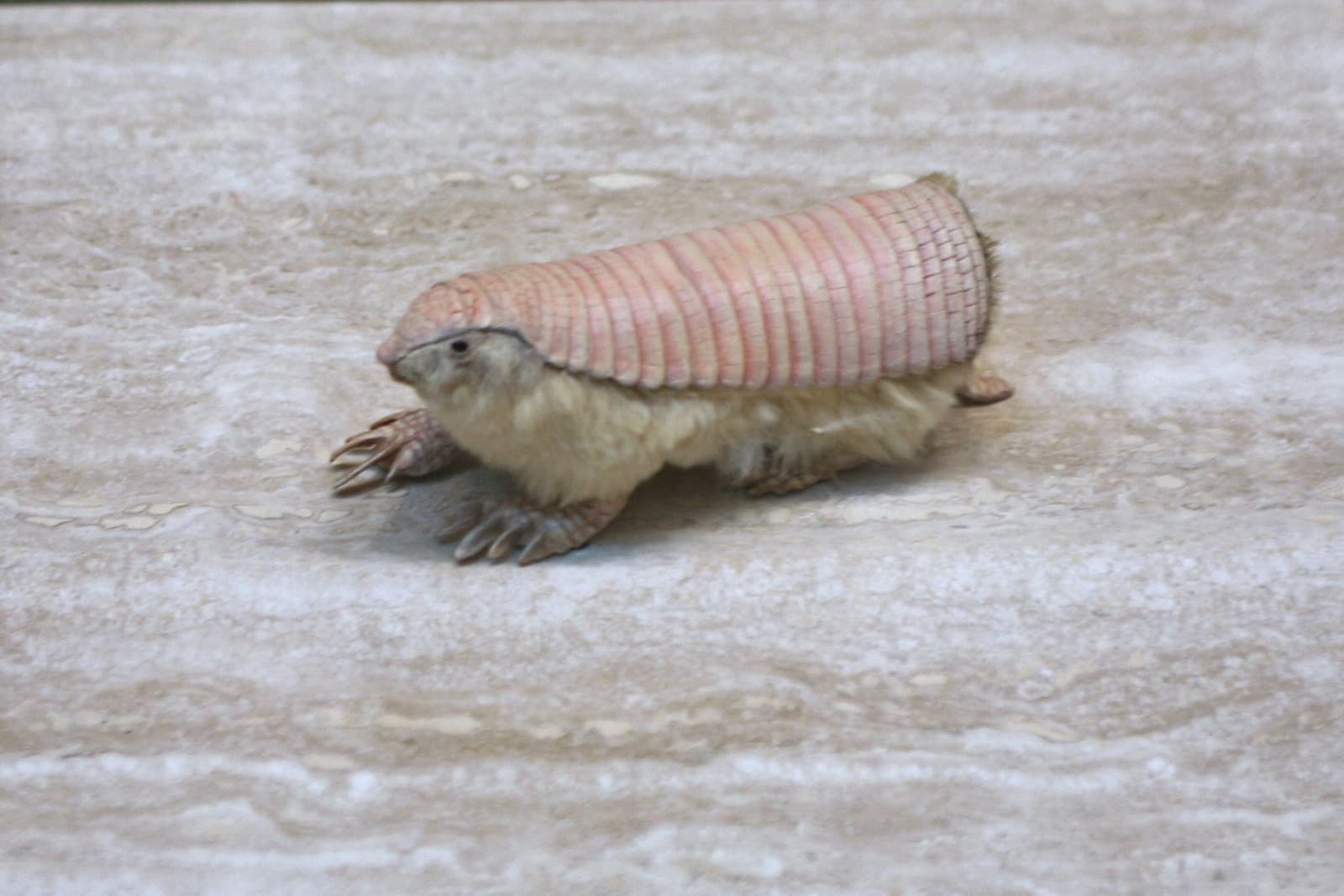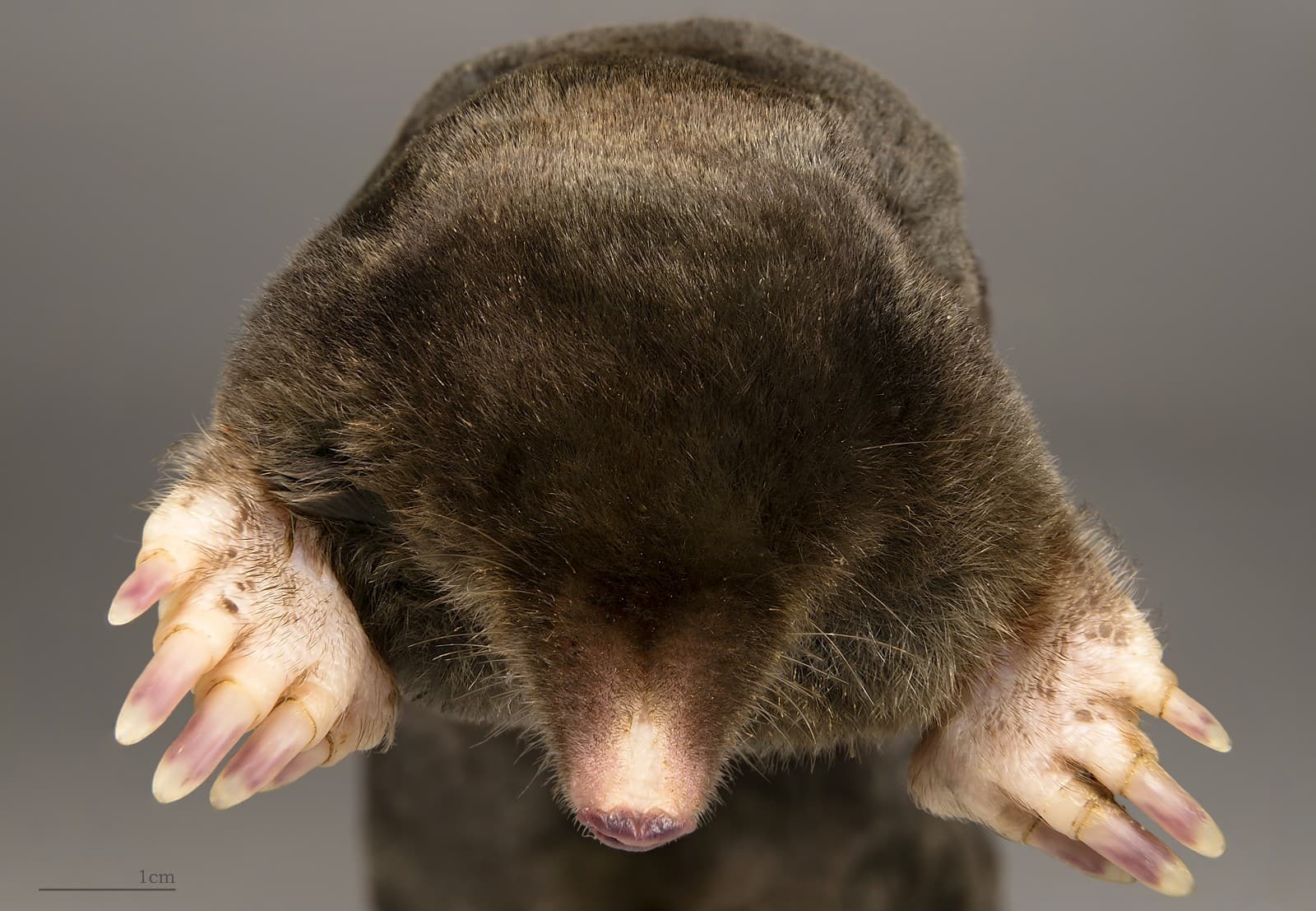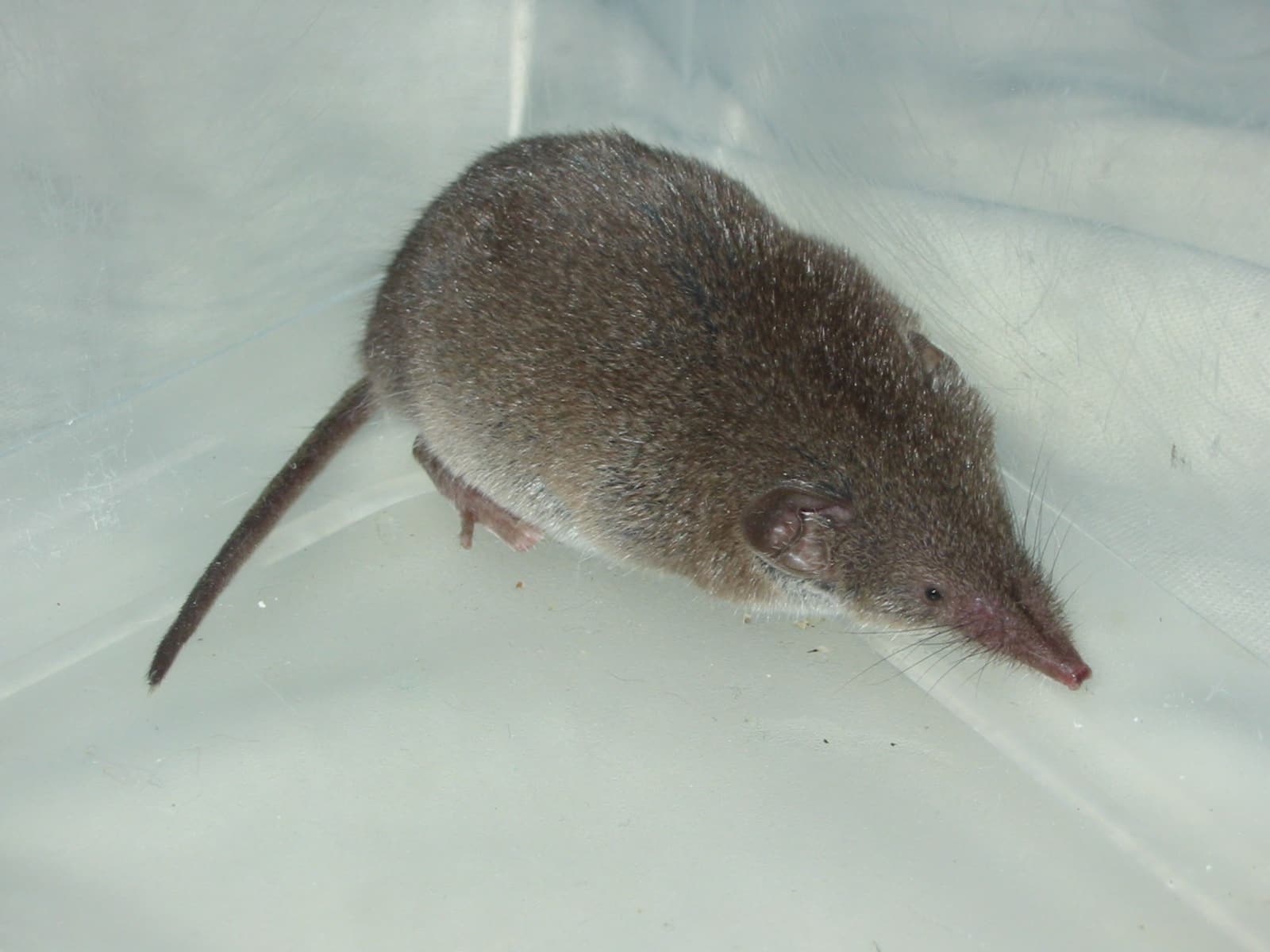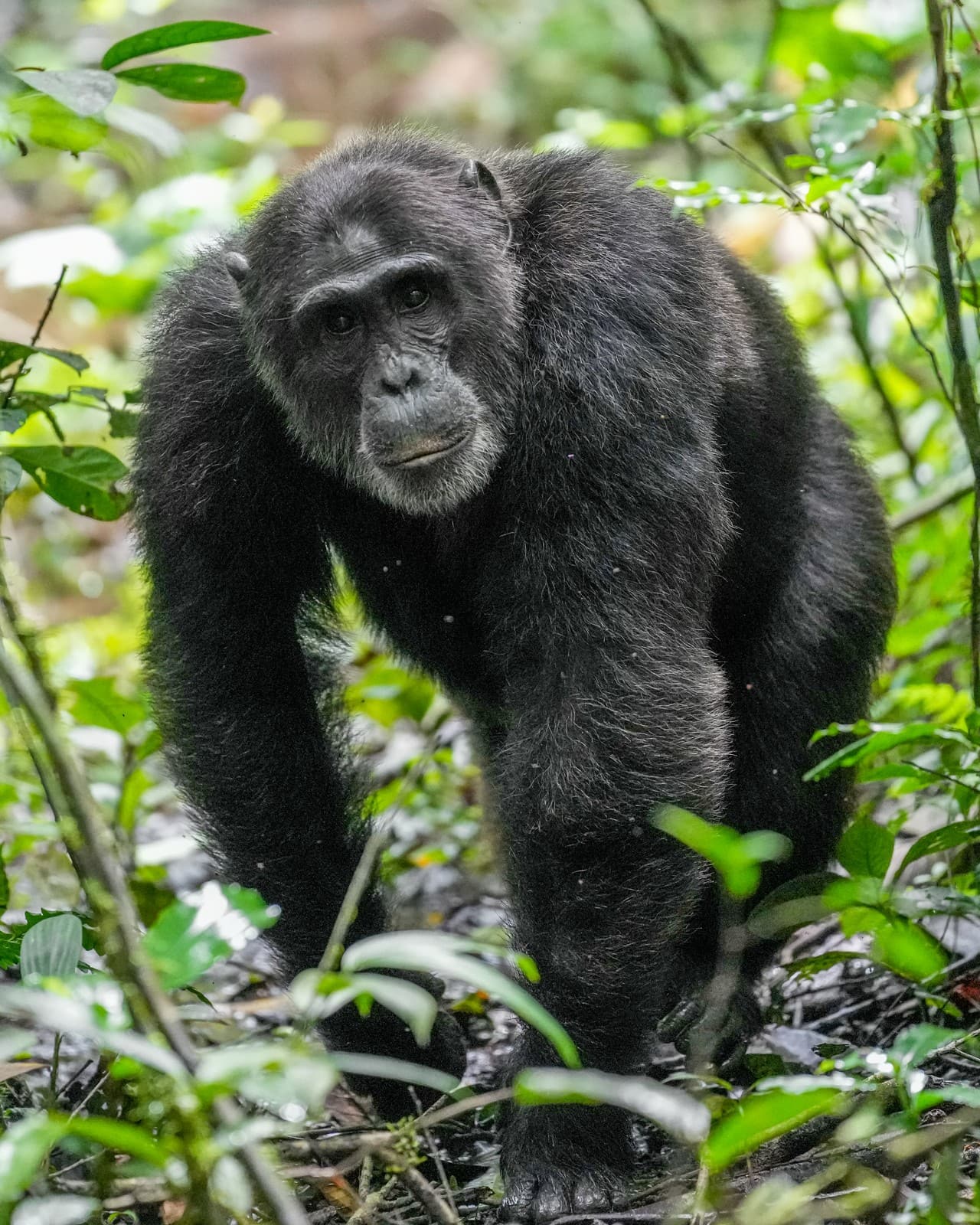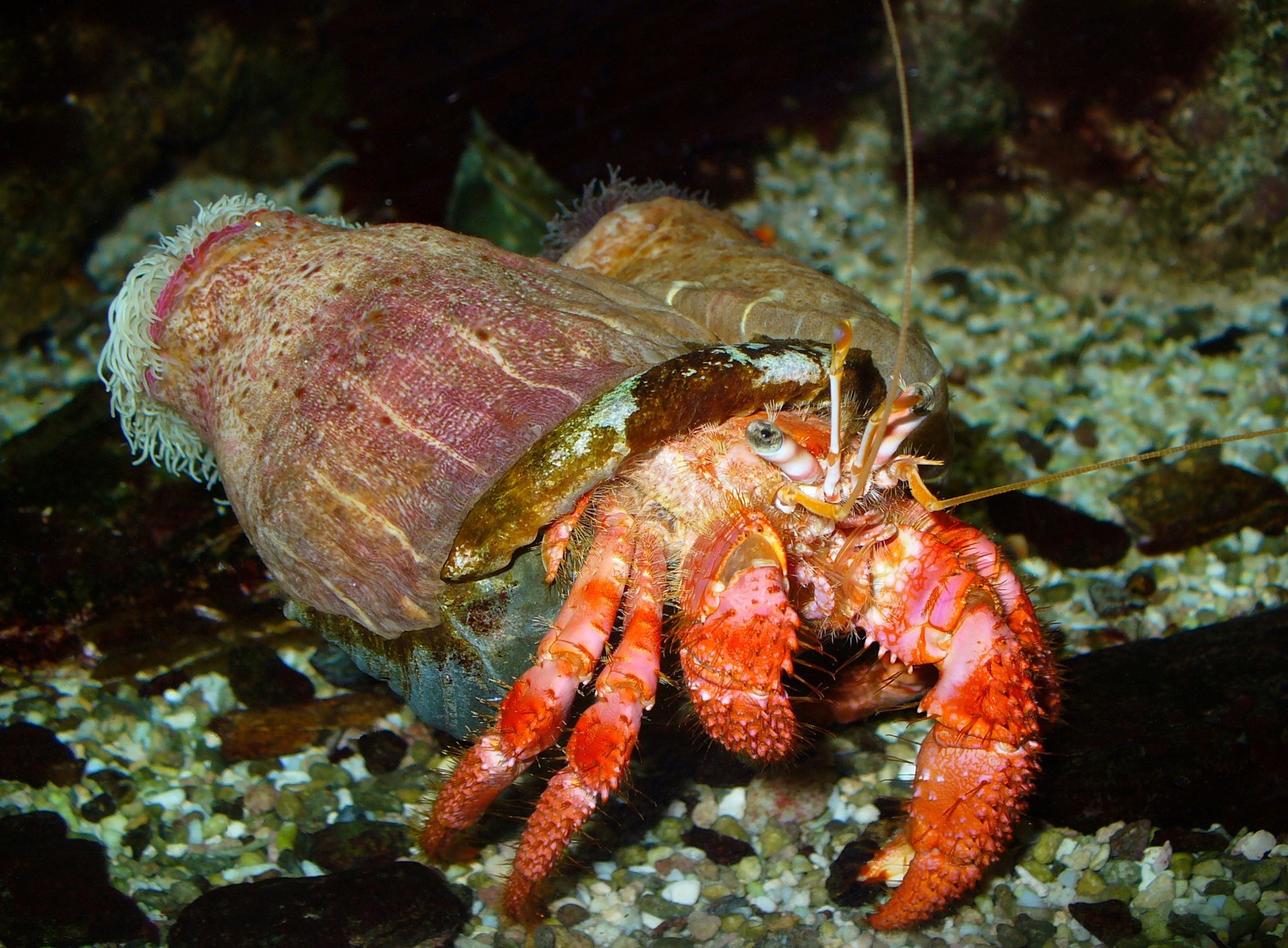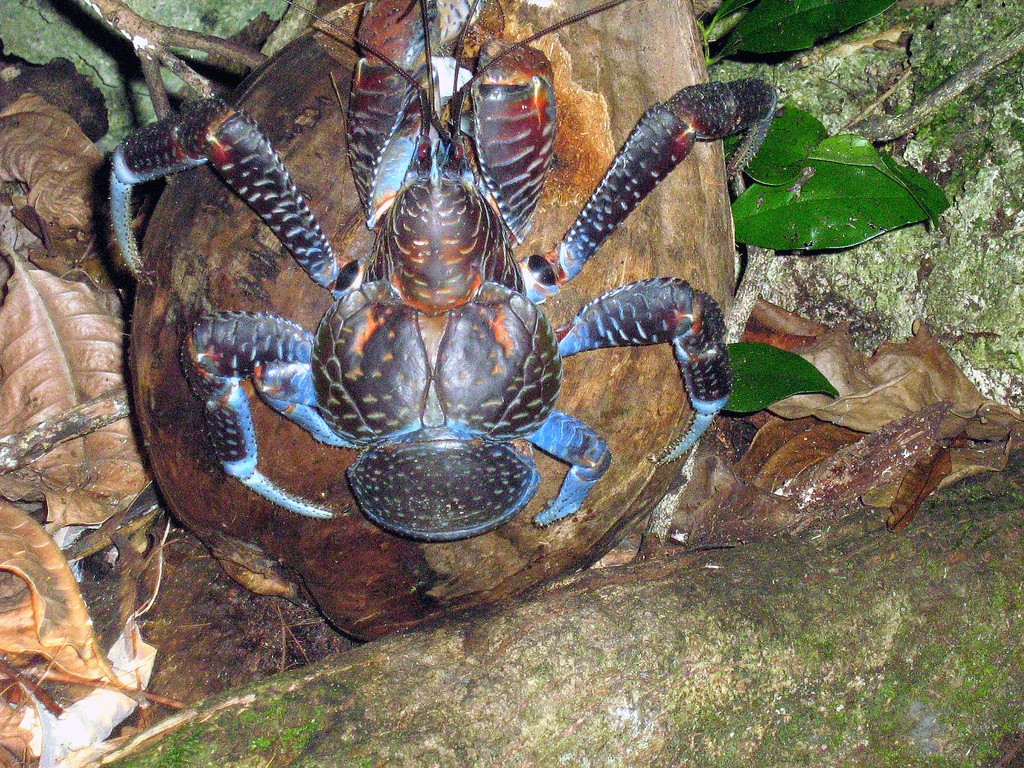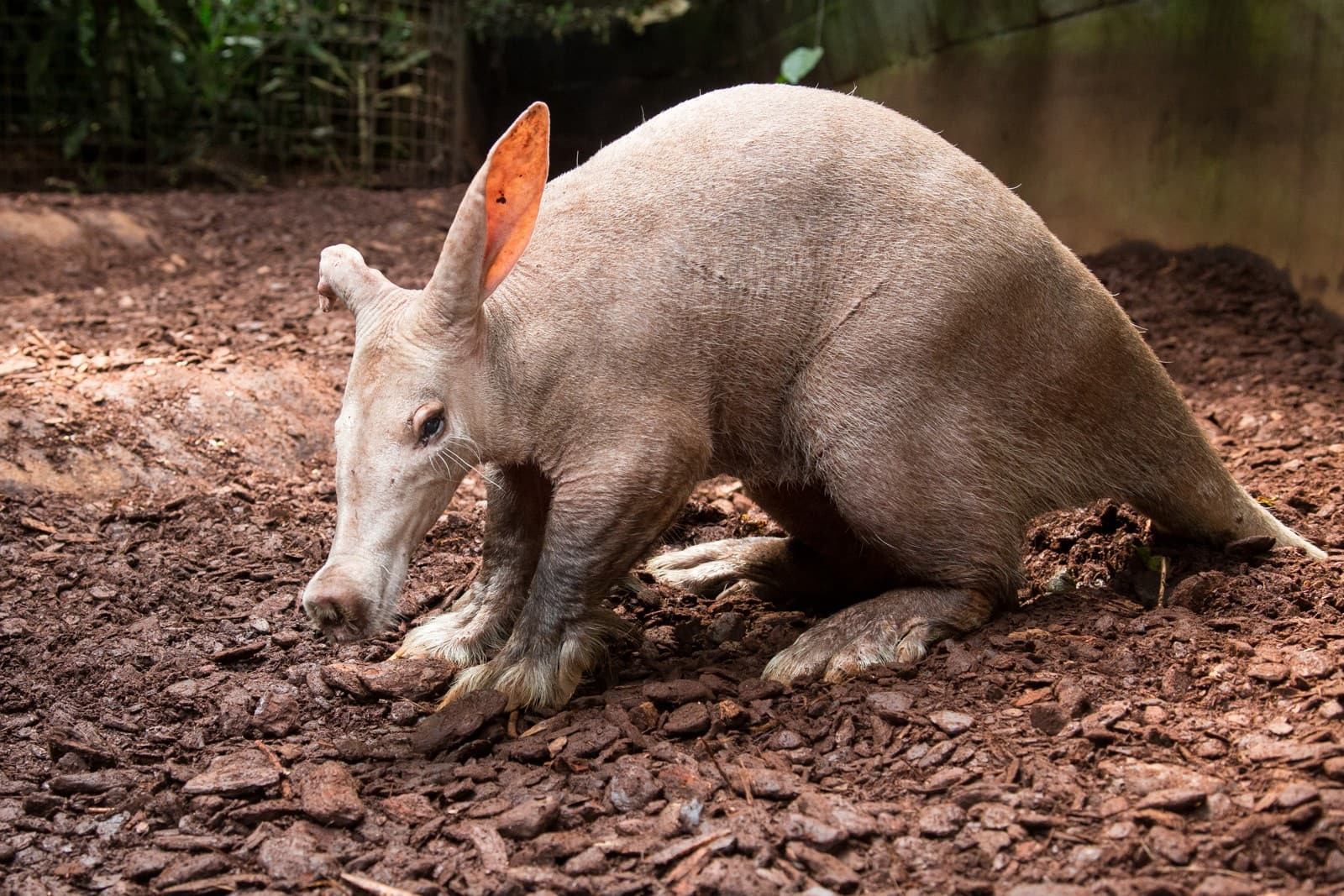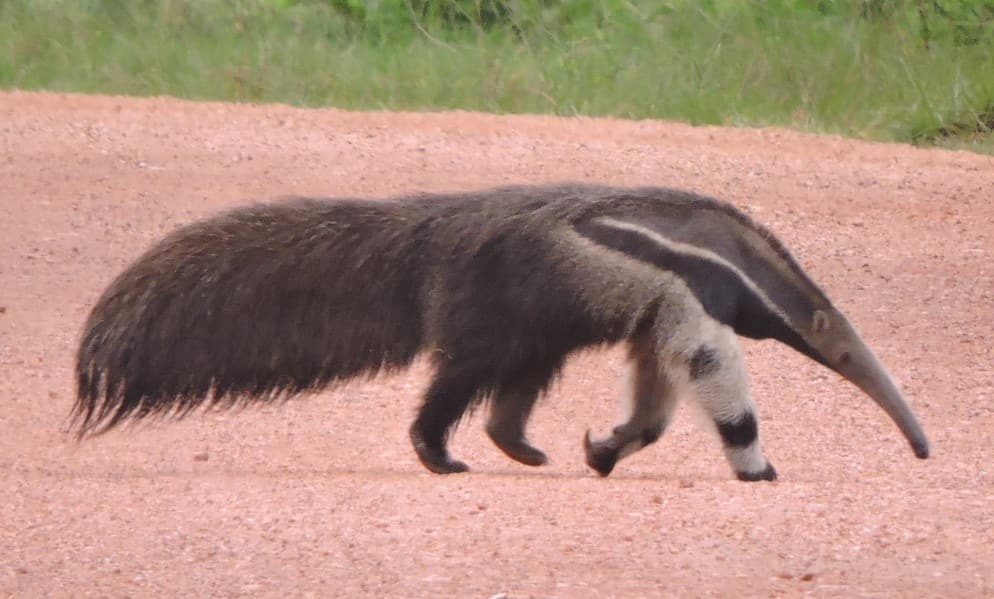Hedgehog vs Armadillo: A Complete Comparison
While hedgehogs and armadillos both sport defensive armor, these remarkable mammals couldn’t be more different in their evolutionary paths. Hedgehogs, weighing just 1.5-2.5 pounds (0.7-1.1 kg), protect themselves with up to 7,000 sharp spines, while armadillos feature distinctive bony plates and can reach weights of up to 120 pounds (54 kg) in larger species.
When comparing hedgehog vs armadillo characteristics, their defensive strategies reveal fascinating adaptations. Hedgehogs curl into tight balls when threatened, presenting a fortress of spines, while most armadillo species rely on their leathery armor plates and impressive digging abilities to escape danger.
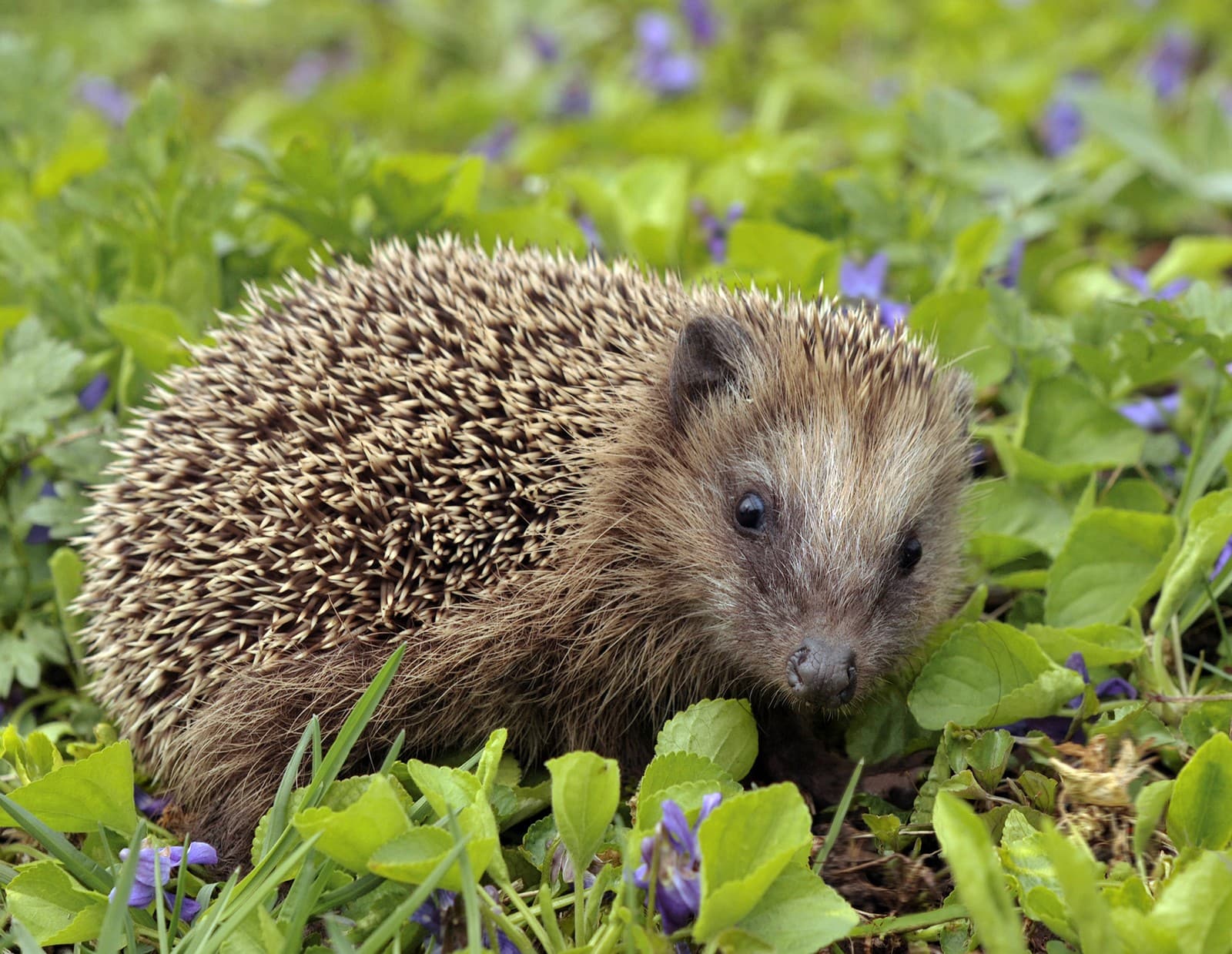
© Michael Gäbler / CC BY-SA 3.0
The European hedgehog demonstrates the classic spiny defense system that characterizes all 17 hedgehog species. These natural garden allies possess between 5,000-7,000 modified hairs that have evolved into protective quills.
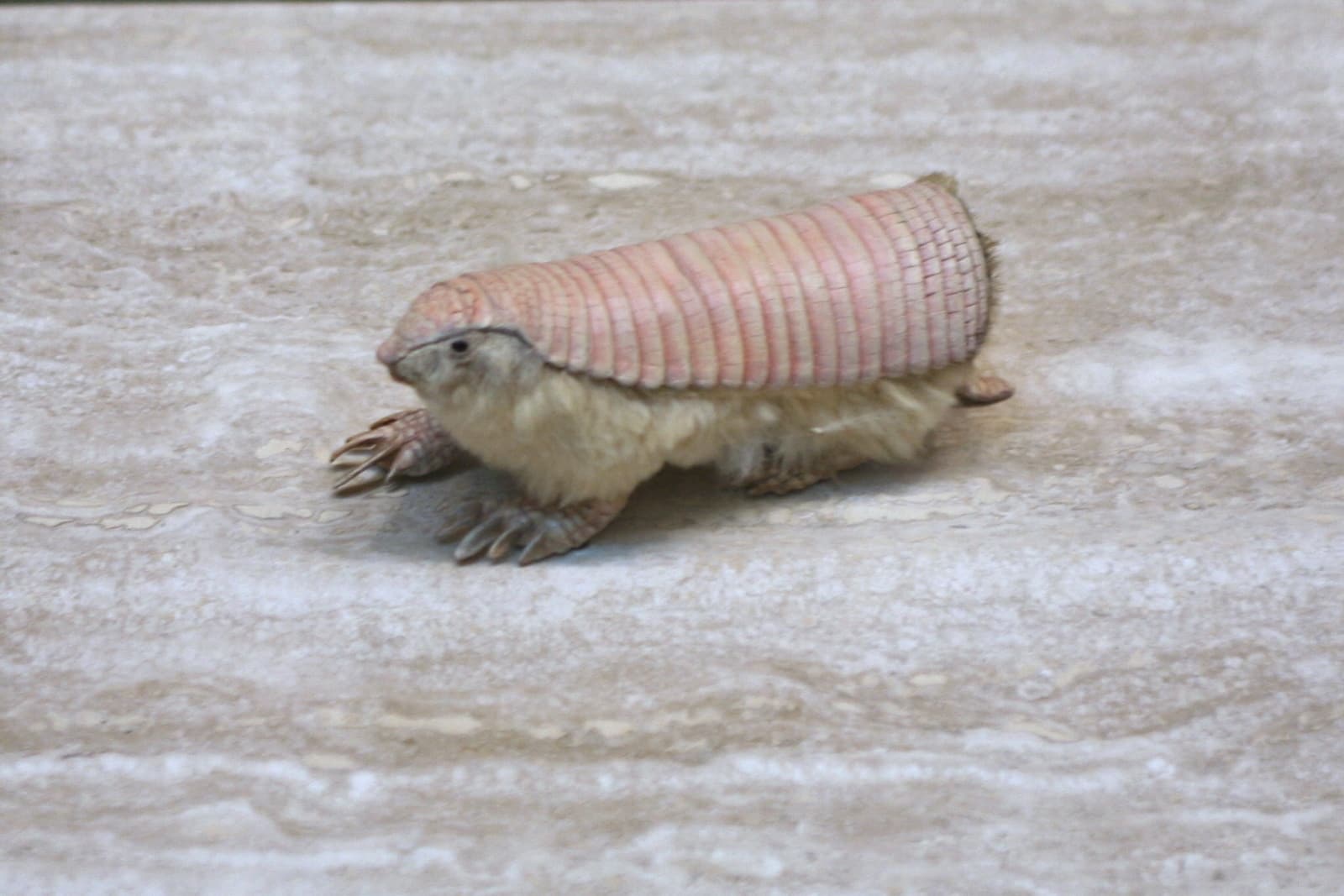
© Cliff / CC BY 2.0
The Pink Fairy Armadillo represents one of 20 living armadillo species, showcasing the distinctive banded armor that makes these creatures unique among mammals. This particular species is the smallest of all armadillos, perfectly adapted for its subterranean lifestyle.
Key Differences: Hedgehog vs Armadillo
| Feature | Hedgehog | Armadillo |
|---|---|---|
| Defense Mechanism | Sharp spines (5,000-7,000) | Bony plates covered in leathery skin |
| Size Range | 5-12 inches (13-30 cm) | 6-59 inches (15-150 cm) |
| Weight Range | 0.5-2.5 lbs (0.2-1.1 kg) | 3-120 lbs (1.4-54 kg) |
| Natural Habitat | Woodlands, gardens, grasslands | Deserts, grasslands, rainforests |
| Diet Type | Insectivorous | Omnivorous/Insectivorous |
| Geographic Distribution | Europe, Asia, Africa | Americas |
Habitat and Distribution
Hedgehogs and armadillos occupy distinctly different corners of the globe. Hedgehogs are native to Europe, Asia, and Africa, thriving in temperate and tropical regions with adequate ground cover. Armadillos, conversely, are exclusively found in the Americas, from southern United States to Argentina, adapting to diverse environments from deserts to rainforests.
Defensive Strategies
The defensive mechanisms of these creatures highlight evolution’s diverse solutions to survival. Hedgehogs rely on their ability to roll into a tight ball, presenting a nearly impenetrable barrier of sharp spines to predators. Armadillos, however, depend on their hard, bony carapace composed of overlapping plates, combined with powerful digging abilities to quickly escape underground.
Diet and Hunting Behavior
While both animals are skilled insectivores, their hunting strategies differ significantly. Hedgehogs use their acute sense of smell and hearing to locate prey, primarily hunting at night for insects, snails, and occasionally small vertebrates. Armadillos employ their powerful claws to dig for food, consuming insects, larvae, and small vertebrates, with some species also eating plant matter.
Who Would Win in a Confrontation?
From a defensive standpoint, both animals are well-equipped, but they would likely avoid confrontation entirely due to their different habitats and nocturnal nature. Neither species is naturally aggressive toward other mammals of similar size, preferring to escape rather than engage in conflict.
Conservation Status
Many species of both hedgehogs and armadillos face increasing challenges in the modern world. European hedgehog populations have declined by over 50% in rural areas since 2000, while several armadillo species, including the Brazilian Three-banded Armadillo, are considered vulnerable to extinction due to habitat loss and hunting.
Interesting Adaptations
Hedgehog Specializations
- Can run up to 4.5 mph (7.2 km/h)
- Immune to many toxins
- Can swim and climb effectively
- Excellent spatial memory
Armadillo Specializations
- Can hold breath up to 6 minutes
- Some species can roll into perfect spheres
- Enhanced sense of smell
- Ability to cross small rivers by walking underwater
These remarkable creatures, while both protected by armor, represent distinct evolutionary paths in mammalian defense strategies, each perfectly adapted to their specific environmental challenges and ecological niches.
